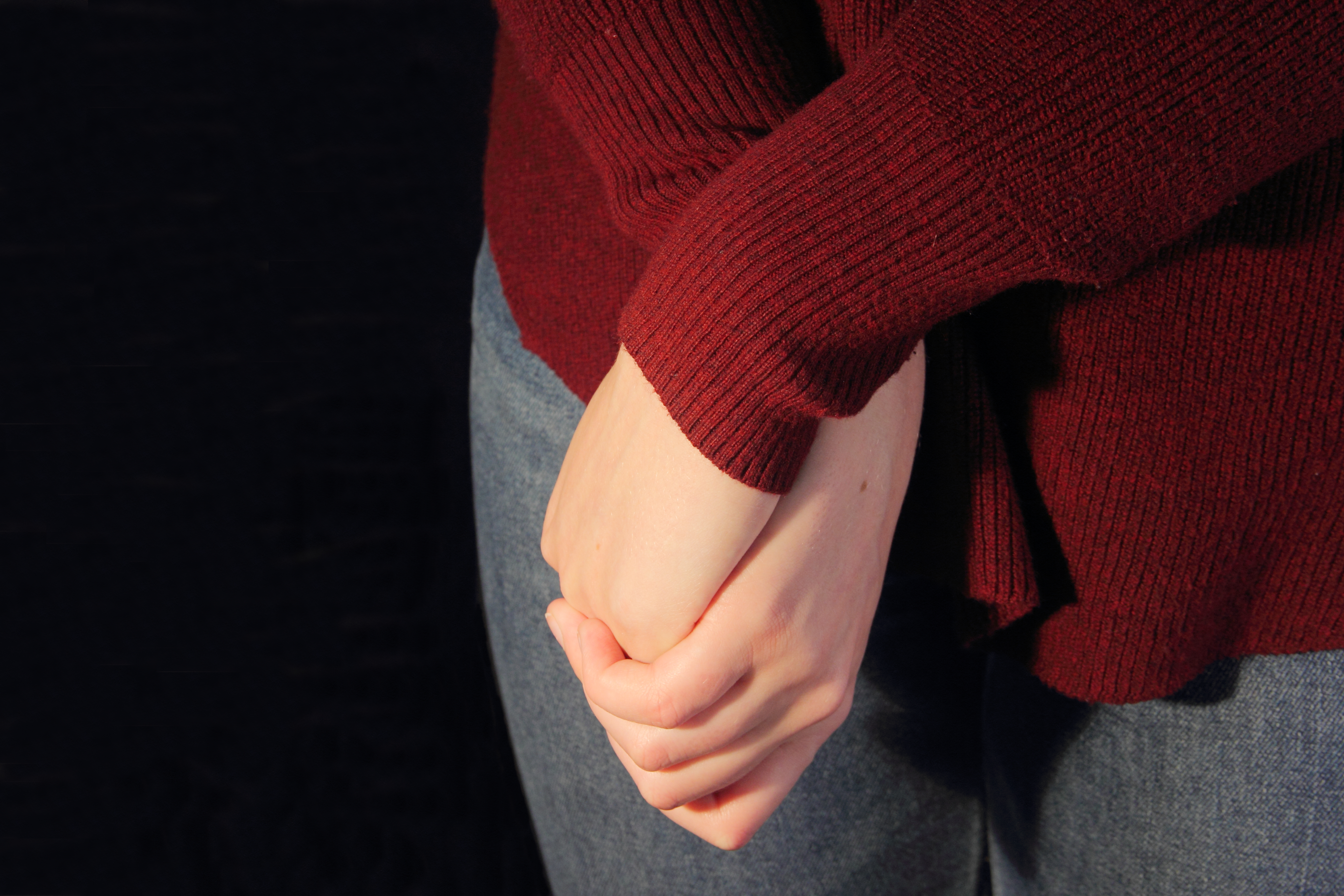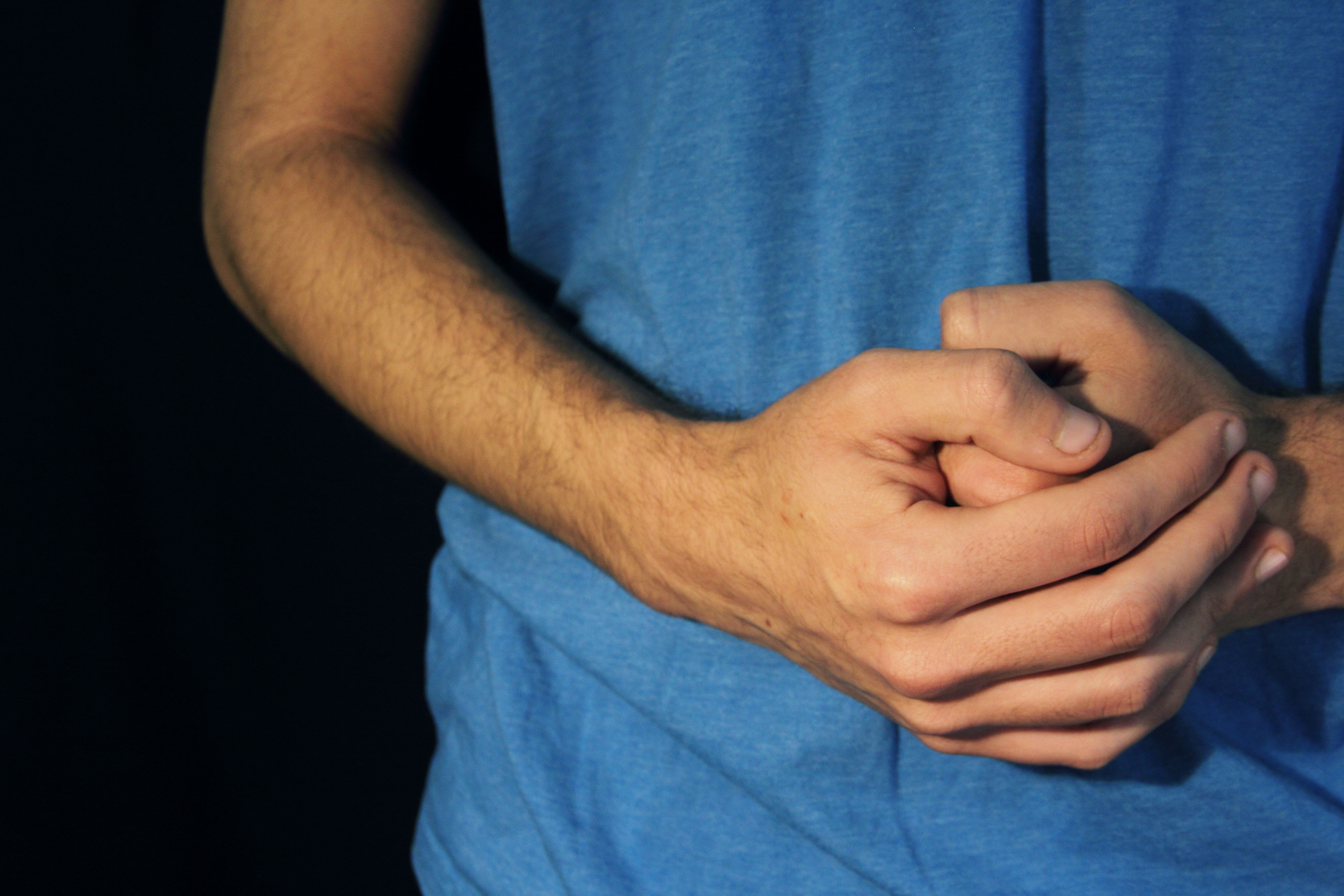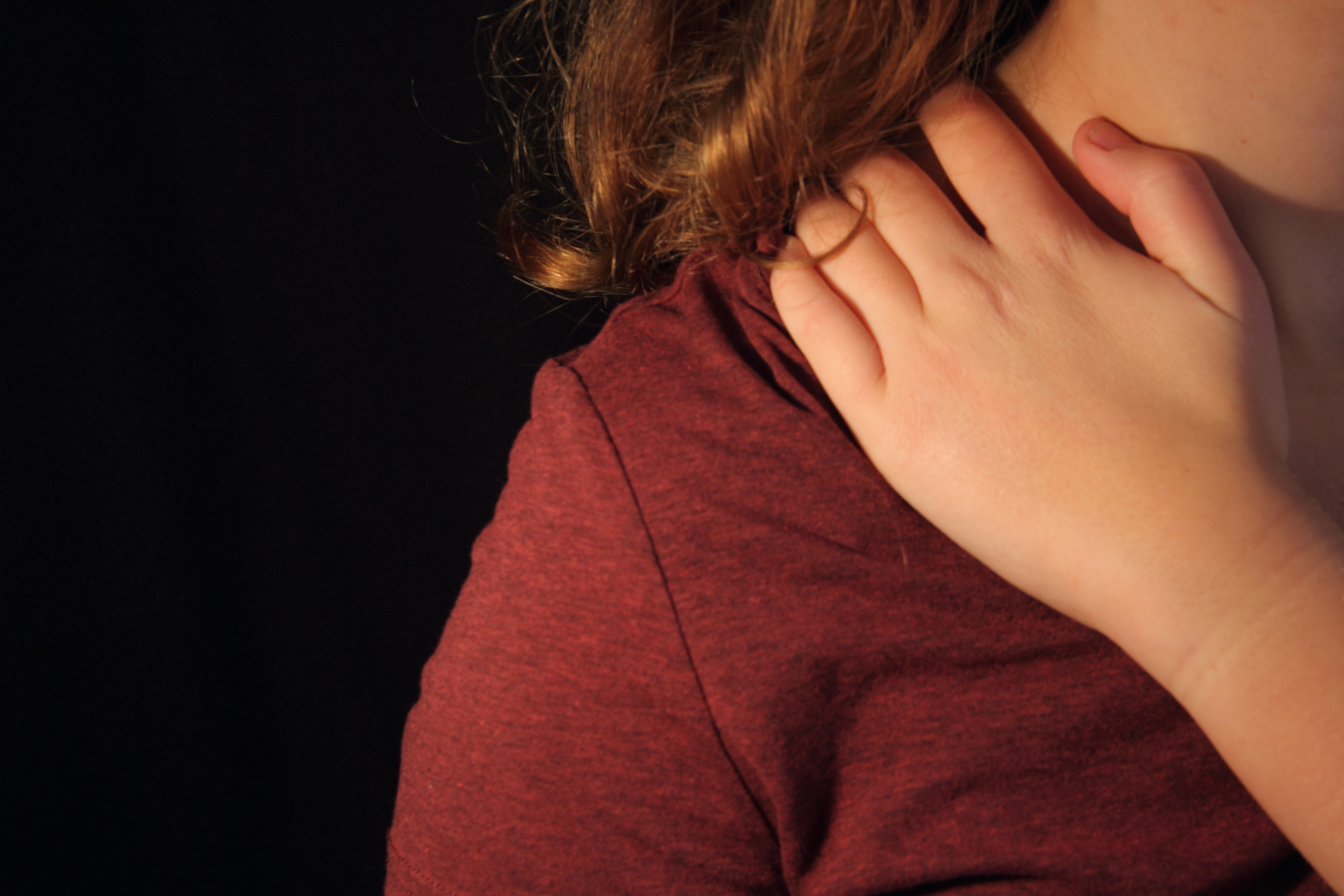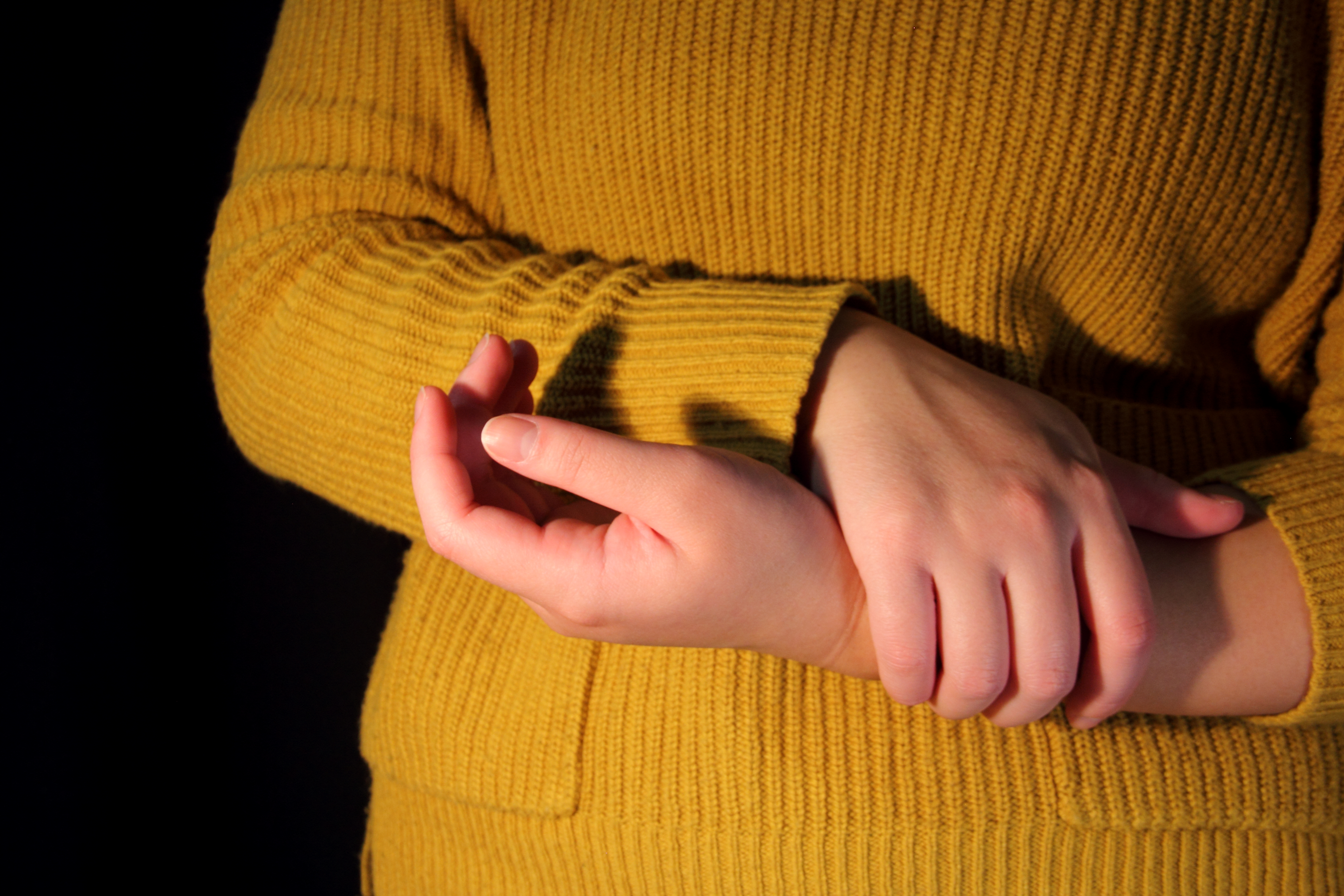This is a selection of photography that I have done.

Modesty
When prompted to make something ugly beautiful for class I immediately about parts of my body that I am no longer comfortable with. As someone who danced for 15 years (with no intention to train to become professional), I have looked at my body in a mirror for hundreds of hours for the purpose of correcting position and understanding how my body moves. No matter how much I have been told to use the mirror as a tool, it still has had a negative effect on my own self perception. These insecurities got worse after dancing because of how my body changed in response to that. I have spent a lot of time thinking about and discussing body positivity. I noticed that a lot of the discussion usually settled on “all bodies are beautiful” or “your body is beautiful because it does so much for you”. These statements usually seemed hollow to me. Why do we need to insist that all bodies are beautiful? Beauty is subjective to the viewer, often informed by society’s image of beauty, and there is some inherent value judgment in those statements: the only way that your body could have value was if it was considered beautiful by someone.
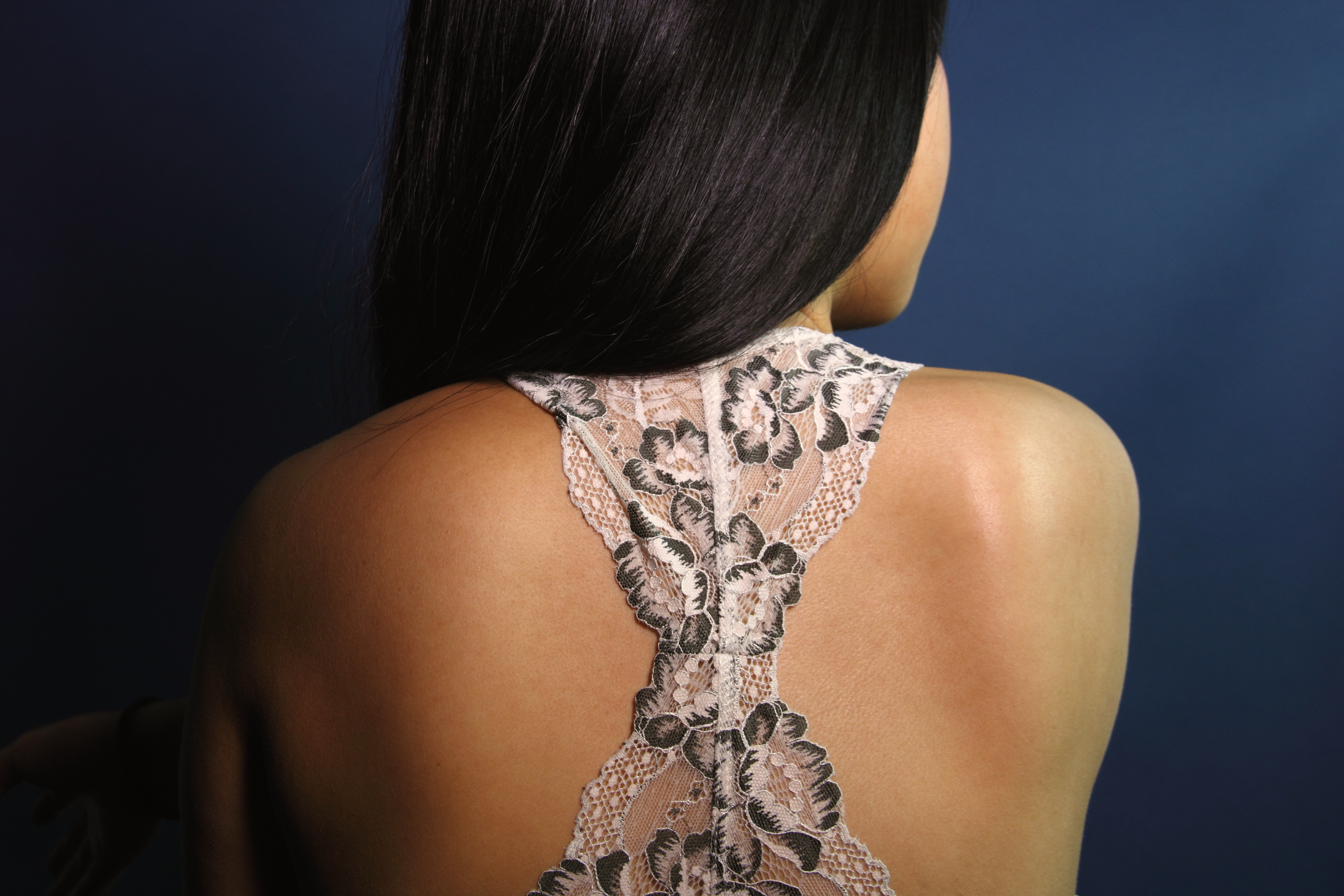
Still Dancer
As someone who has grown up dancing, I have developed a deep sense of my own body and believe that bodies show a lot of emotion in everyday life. These photos are of my friend, another dancer, who I wanted to capture without relying on the typical portrait marker of the face. Her willingness to be captured in some state of undress that shows off her body demonstrates a vulnerability, but also a resilience that I do not believe I could have captured in a traditional portrait.
Cats
These are photos of my cats, Harold and Winston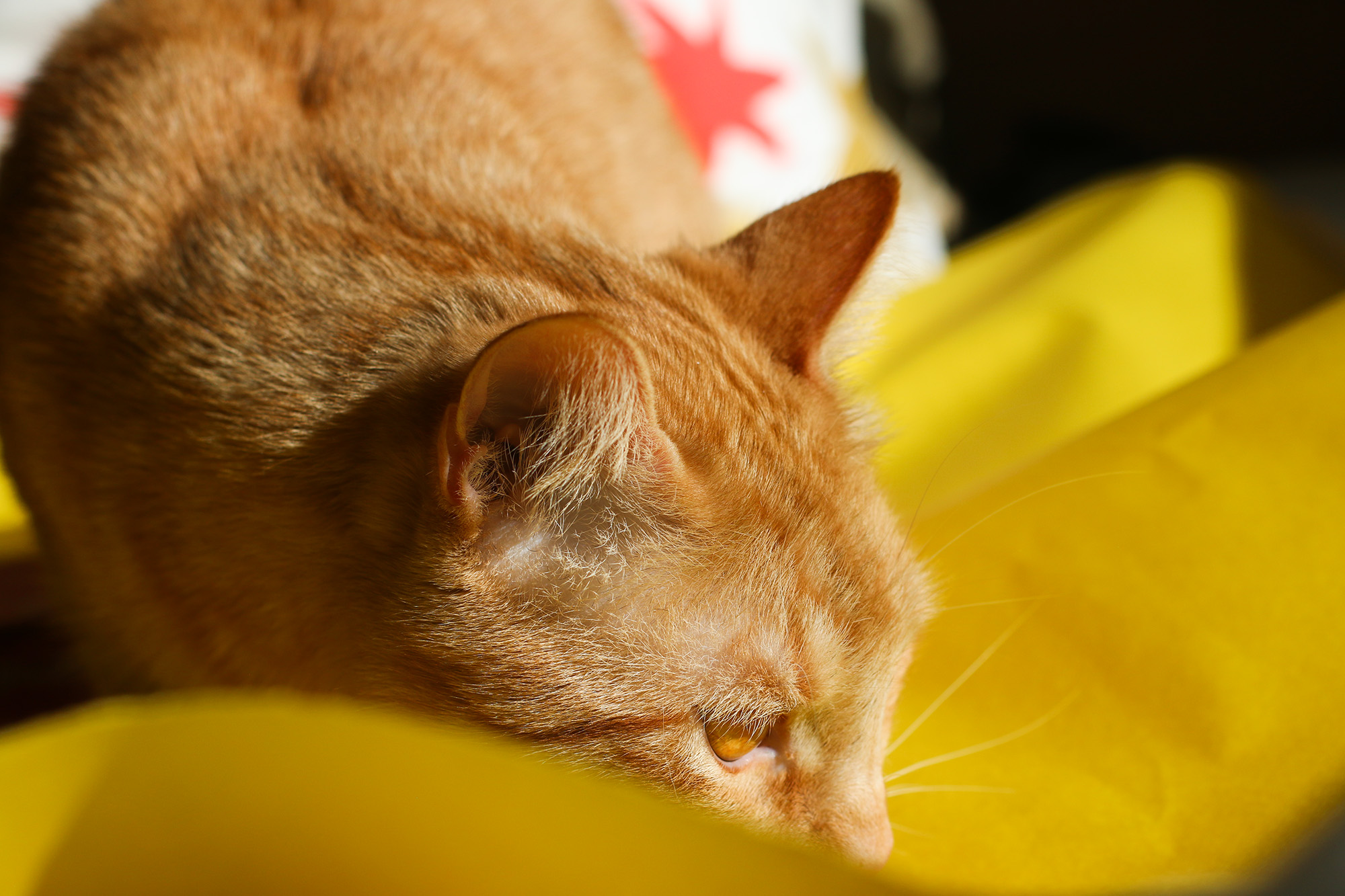
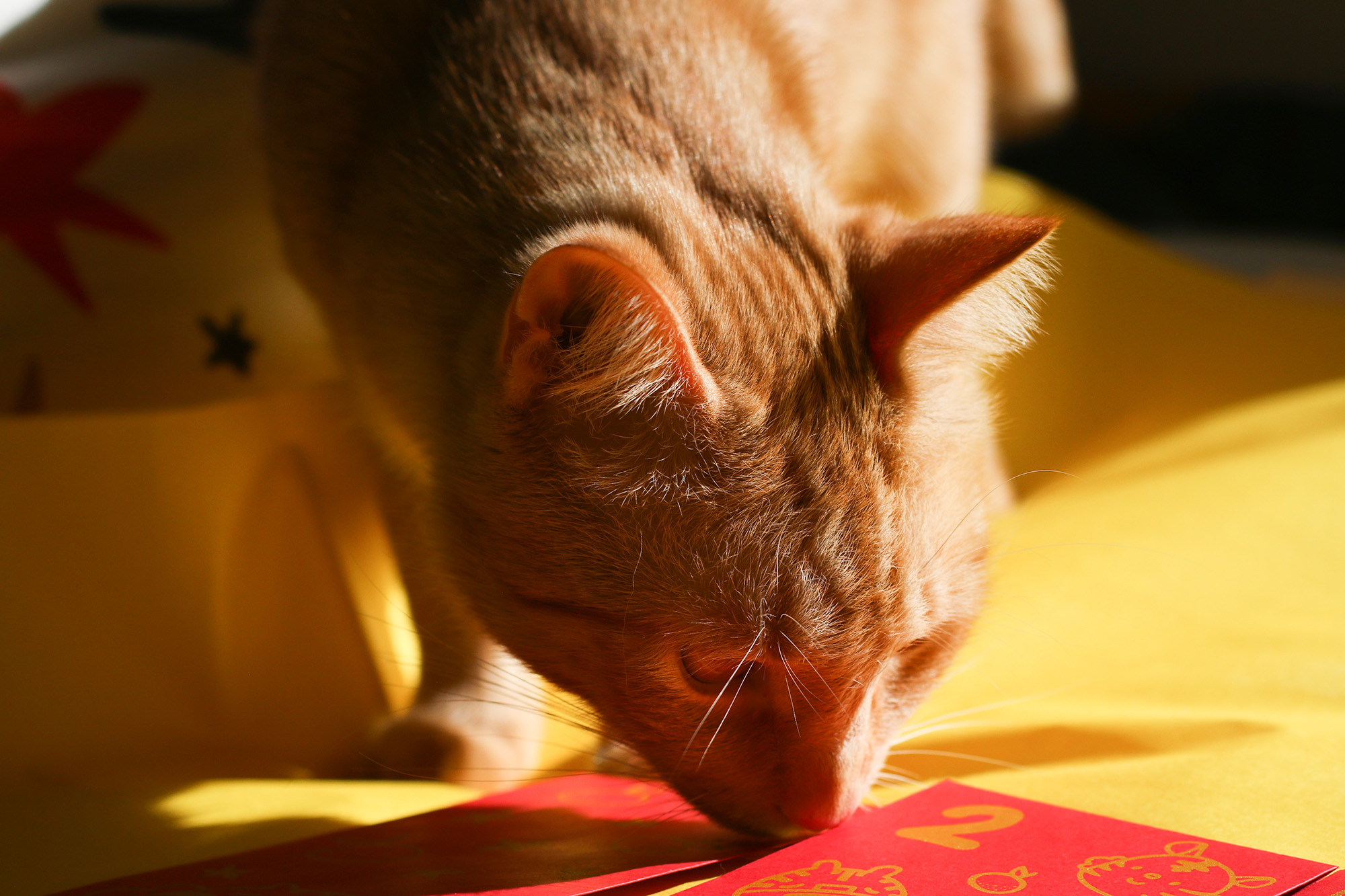
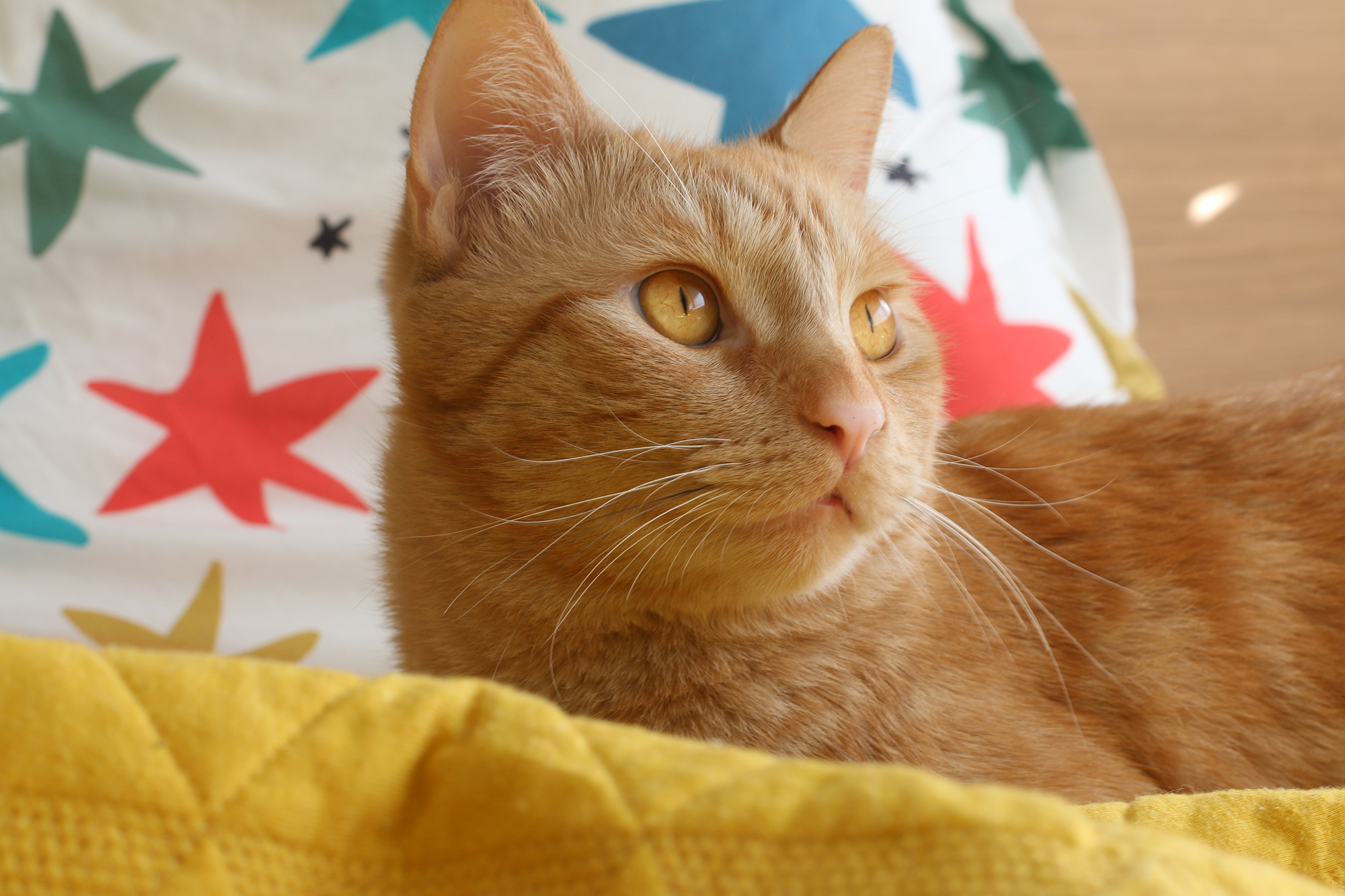
Chinatown
I visited L.A. Chinatown for Lunar New Year in 2019. I do not enjoy taking landscape photography, but these buildings were so vibrant and present that in some ways these photos are portraits of buildings rather than landscape photos.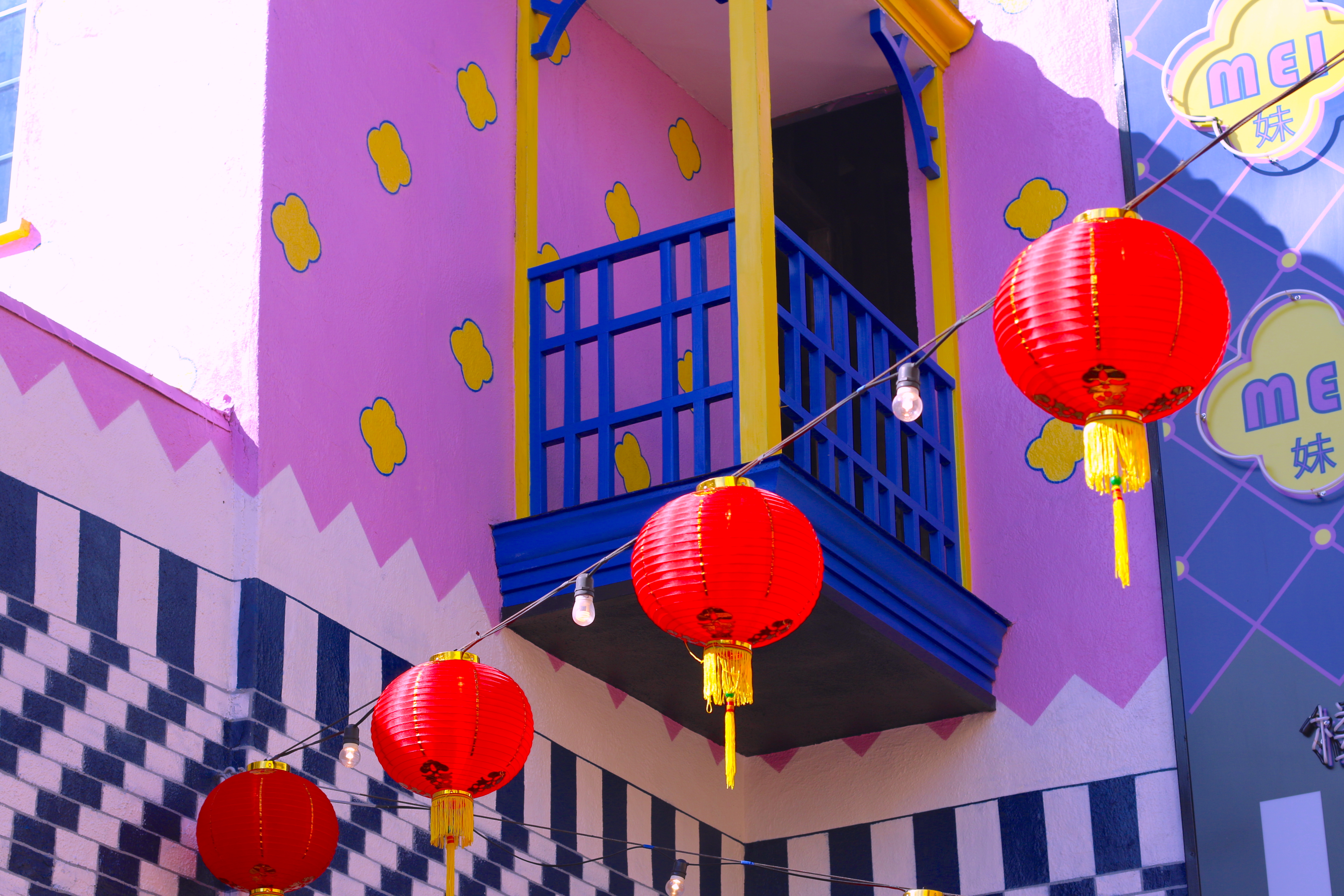

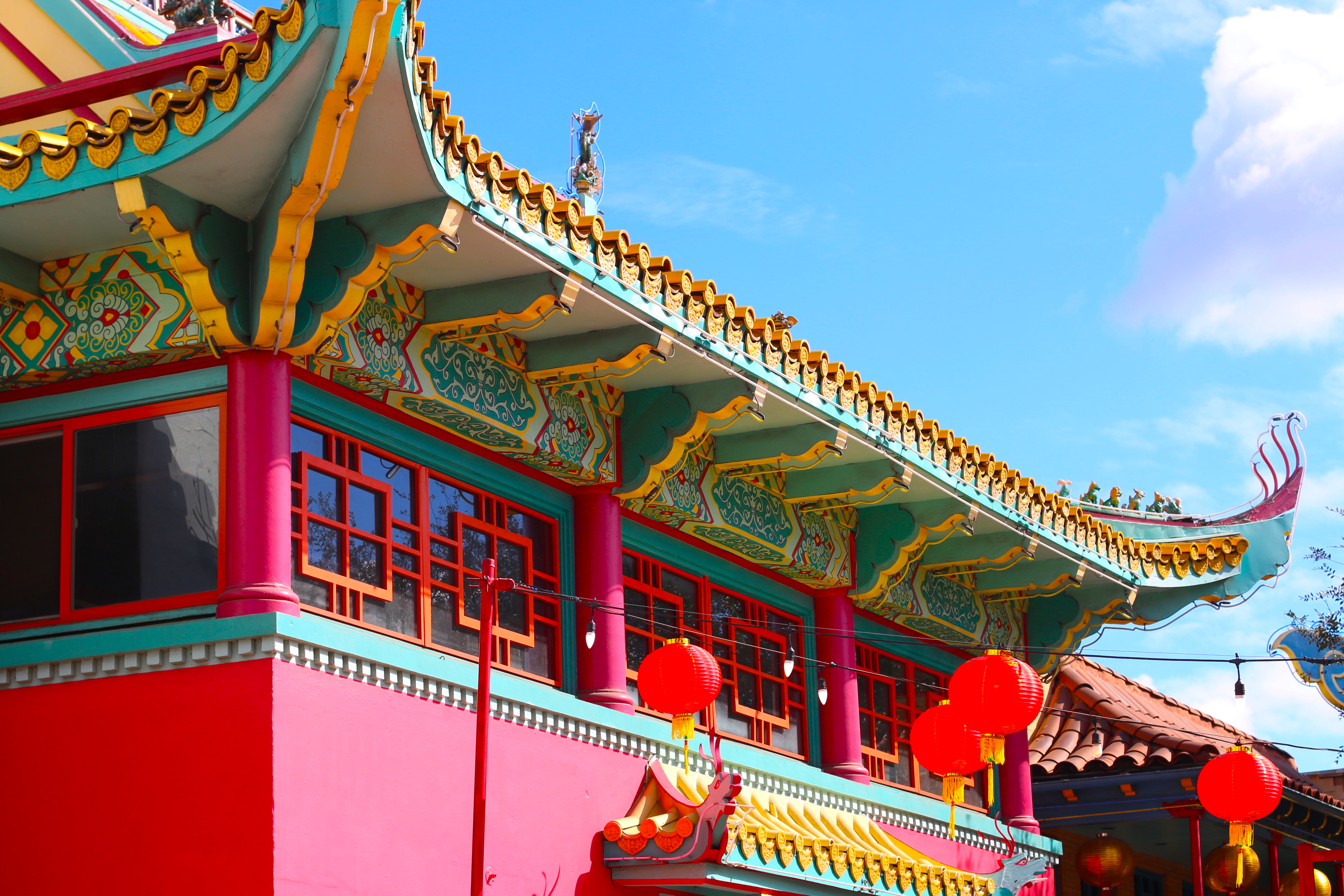
Feminine
Femininity is this nebulous concept that I associate heavily with identity. To me, femininity is a set of qualities, such as vulnerability, nurturing, or empathy, we use to describe and define ourselves. I think femininity is invisible in the sense that we use femininity to describe traits of people. We cannot physically see someone’s personality, but it can be represented physically in some manner, whether it is in the way they dress, talk, or act. People can choose the ways in which they express their femininity. Societally, these traits are heavily associated with women (particularly straight women). It is hard to ignore that femininity and masculinity are a set of societally defined traits we use to categorize people, to put them into boxes. I take pride in parts of myself I consider feminine as a symbol of strength rather than see these parts of myself as weak. I tell myself that my femininity is powerful and compelling. But I always wonder if I choose to do this because I have masculine traits that I want to associate with females, not men. These definitions of femininity and masculinity are very limiting, forcing us to be reduced and categorized into these boxes. I also know that my experience with confronting my own femininity is extremely personal and unique to me. I asked people to come and talk to me about femininity: what they think it is, their experience with it, and how we represent it. Rarely are we confronted with exploring parts of ourselves heavily associated with our identities in a less internal manner. Each response was different and unique. Aspects of each of these conversations I related to, but there were parts I disagreed with or parts that I would never personally experience.
